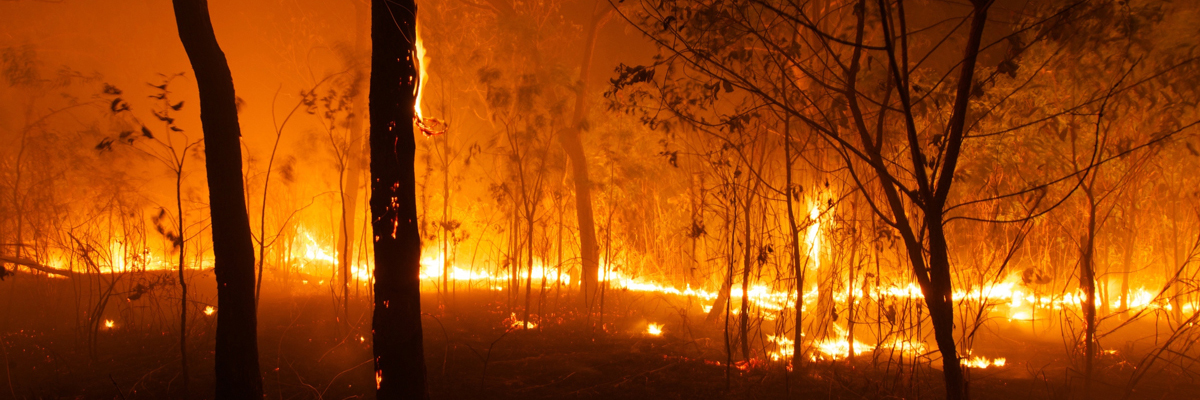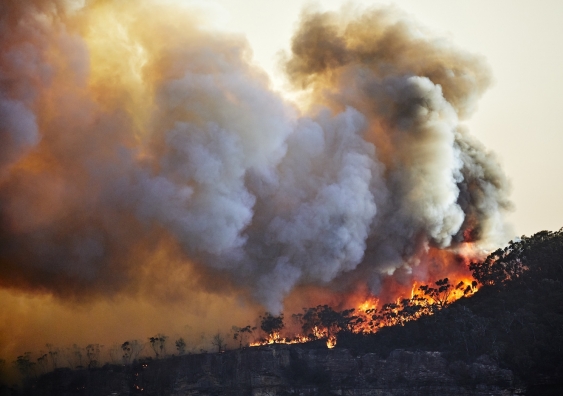Untangling the Importance of a Comprehensive BAL Report for Your Residential or commercial property
Untangling the Importance of a Comprehensive BAL Report for Your Residential or commercial property
Blog Article
How BAL Record Impacts Bush Fire Security Measures
In the realm of bush fire protection, the Building Attack Degree (BAL) report stands as an important tool that dramatically affects the safety and strength of buildings in fire-prone areas - BAL Report. The effect of a BAL evaluation prolongs far past plain documents; it works as the keystone for establishing the proper construction standards and fire protection steps required to minimize the risks postured by bushfires. As communities come to grips with progressively severe fire periods, comprehending just how the BAL report forms these protective actions becomes vital for policymakers, building contractors, and property owners alike
Comprehending the Bushfire Strike Level

Importance of BAL Report Evaluation

Additionally, the BAL report assessment works as a fundamental step in conforming with legal obligations and demands connected to bushfire defense. Neighborhood councils and authorities typically mandate the entry of a BAL report as part of the preparation and structure authorization process to ensure that homes are appropriately secured versus bushfire threats. Stopping working to carry out a complete BAL record evaluation can cause inadequate protection steps, leaving residential or commercial properties vulnerable to devastating bushfire cases.
Building And Construction Requirements Based on BAL
A detailed understanding of the Bushfire Strike Degree (BAL) enables building proprietors to apply construction requirements tailored to their particular danger profile. Building and construction requirements based on BAL are crucial in reducing the influence of bushfires on residential or commercial properties. The BAL rating classifies the possible threat a home faces during a bushfire on a range from BAL-Low to BAL-FZ (Fire Zone) Each BAL level represents certain building needs described in the Australian Typical AS3959-2018 Construction of Structures in Bushfire-Prone Areas. For example, residential or commercial properties classified as BAL-Low might only require basic procedures such as clearing particles and keeping yards, while those in higher BAL groups require more durable procedures like cinder displays, fire-resistant materials, and secured windows. Following these building and construction requirements not just improves the architectural durability of the building however additionally enhances the total safety of citizens throughout a bushfire event. Property owners should carefully consider their BAL ranking and abide with the corresponding construction criteria to adequately protect their occupants and homes.
Carrying Out Fire Protection Measures
With the foundation of building requirements based on Bushfire Strike Degree (BAL) in position, the emphasis now changes in the direction of the sensible execution of fire defense steps to fortify homes against bushfire hazards. Carrying out fire protection steps involves a mix of passive and active approaches to improve the strength of buildings in bushfire-prone locations. Passive actions consist of utilizing fireproof building products, installing cinder guards on vents, sealing voids in roof coverings and wall surfaces, and preserving a clear space around the building devoid of combustible plants. Active measures include having firefighting tools readily available, such as tubes and water pumps, in addition to developing a defendable space around linked here the home by clearing greenery and having a properly maintained garden. Additionally, creating an evacuation plan and making certain all residents are mindful of emergency situation treatments are essential elements of reliable fire protection steps. By incorporating both passive and energetic methods, buildings can significantly decrease their vulnerability to bushfire events and boost the safety and security of owners.
Safeguarding Homes Against Bushfires
Properly protecting homes against the damaging influences of bushfires requires a positive and comprehensive method to fire security procedures. Home owners living in bushfire-prone locations must prioritize the application of numerous techniques to improve their residential or commercial property's durability against wildfires. One basic facet is developing a defensible area around the home by preserving a clear area complimentary of flammable products. This consists of on a regular basis cutting vegetation, removing dead plants, and making sure a secure range between trees and structures. Setting up fire-resistant roofing materials can additionally significantly reduce the risk of coal strikes and direct fire get in touch with. Additionally, securing vents and spaces to avoid ash invasion, as well as incorporating fireproof doors and home windows, can assist fortify the home's defense versus bushfires. Purchasing a trusted water resource, such as a properly maintained lawn sprinkler system or a specialized water storage tank, is important for supplying water during fire emergency situations - BAL Report. By accepting a proactive position and incorporating these safety steps, homeowners can substantially enhance their possibilities of safeguarding their homes versus bushfires.
Conclusion
In verdict, the Bushfire Strike Degree (BAL) report plays a critical duty in establishing the needed protection steps against bushfires. Implementing fire defense procedures based on the BAL record is vital in securing buildings from prospective bushfire risks.
In assessing bushfire risk to buildings, recognizing the Bushfire Attack Degree (BAL) is an important element for implementing efficient protection procedures. Generally, a clear understanding of the Bushfire Attack Level is important for applying sufficient defense steps and mitigating the effect of bushfires on residential or commercial properties.
Report this page